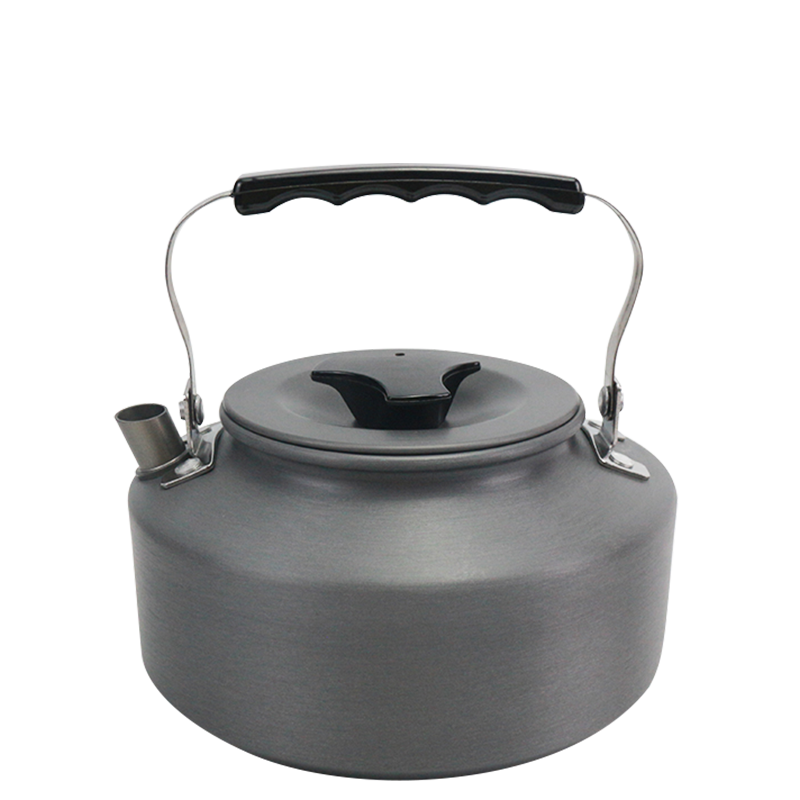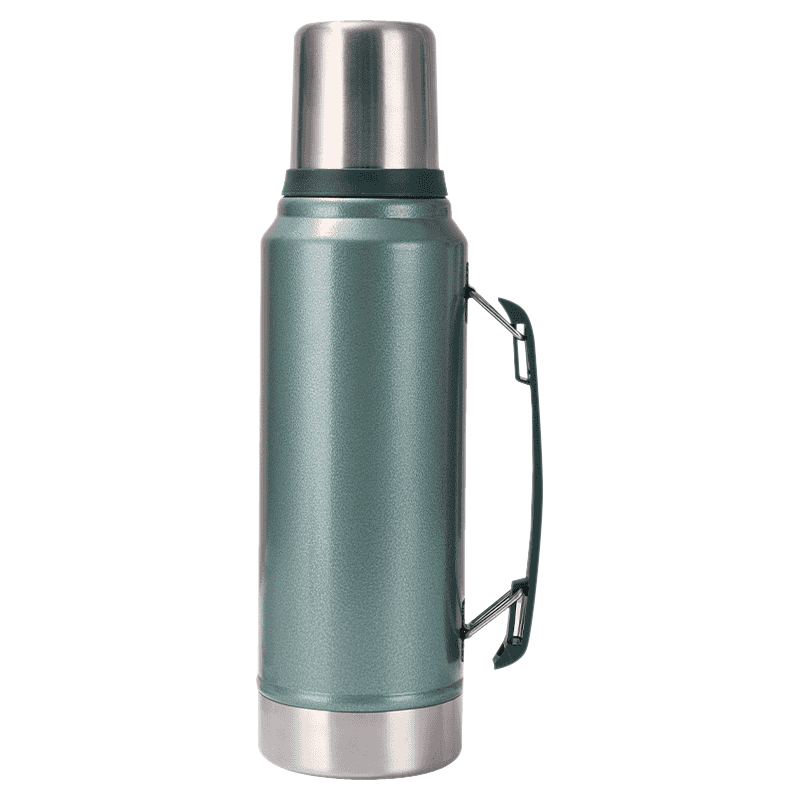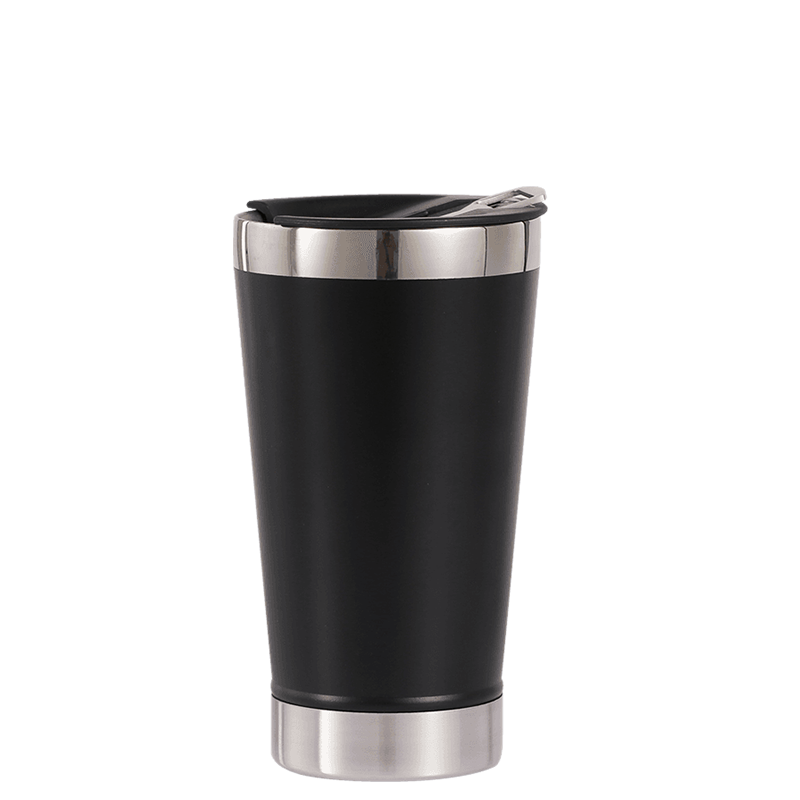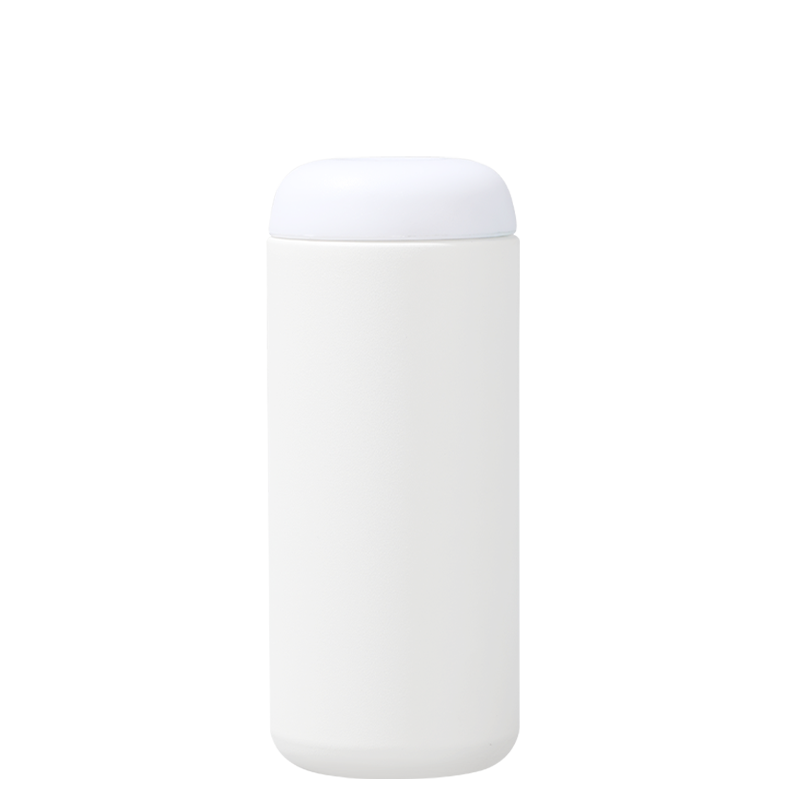
+86-13566758039

Industry News
When venturing into nature, durability is not a luxury—it’s a necessity. From rugged trails to rocky campsites, every piece of gear is subjected to unpredictable conditions. Among these, the Camp Hot Water Pot is particularly exposed. It's often used multiple times a day, placed on various surfaces, transported in backpacks, and occasionally mishandled. This makes its ability to resist physical stress like drops and compression vital. Whether for solo hikers or group expeditions, understanding how these pots hold up under outdoor conditions helps ensure both safety and long-term value.

Core Materials: The Foundation of Strength
A pot’s ability to withstand impact starts with its material. Most camping hot water pots are made from one of three main materials: stainless steel, aluminum, or titanium. Each material has specific advantages and trade-offs when it comes to handling rough use.
Stainless Steel: This is the common choice for heavy-duty pots due to its good strength. Stainless steel pots rarely dent severely when dropped and resist warping under pressure. However, they tend to be heavier, which can add to the force of impact in a fall.
Aluminum: Lightweight and good for heat conduction, aluminum is often chosen for compact backpacking. While anodized aluminum can be quite tough, it’s still more prone to dents and deformation than steel.
Titanium: Often used in premium models, titanium combines lightness with strength. It can handle both sudden impacts and sustained pressure remarkably well, making it ideal for minimalists who still demand reliability.
For users concerned primarily with drop and crush resistance, stainless steel and titanium offer good performance compared to aluminum.
Design Features That Enhance Resilience
A strong material doesn’t guarantee a durable pot. Structural design plays a major role in how well a Camp Hot Water Pot can absorb shocks and resist crushing forces.
Reinforced Bases: Pots with a thicker base are less likely to deform if dropped on uneven surfaces like rocks. These bases can also distribute pressure more evenly when packed in tight spaces.
Low Center of Gravity: A pot with a wider bottom and lower height is more stable on surfaces and less likely to tip over. This design also helps distribute pressure across a larger area if something heavy is placed on top.
Integrated Handles: Welded or solid-folding handles tend to last longer than those bolted on with weak joints. Rubberized or silicone-coated grips can add some shock absorption during impact.
Secure Lids: A tight-fitting lid prevents hot contents from spilling during a fall and protects the inside from contaminants if the pot lands in dirt or mud.
When these features are present, the pot isn’t just functional—it becomes a robust tool for survival and comfort in the wild.
Performance in Real-World Scenarios
Field-tested pots that are marketed as drop-resistant or crush-proof often undergo standard drop tests, such as being dropped from waist height onto hard surfaces. In these trials, high-quality models exhibit only minor cosmetic damage—scuffs or shallow dents—while maintaining full functionality.
In user-reported scenarios, pots have survived rolling down rocky slopes or being packed under 20–30 pounds of gear in a tight backpack. The common issues in lower-end models involve cracked plastic handles, dislodged lids, or warped bases that no longer sit evenly on stoves.
These examples highlight the importance of choosing a pot from a reputable brand that emphasizes structural integrity and materials engineering.
Maintenance and Smart Use Extend Lifespan
Even the durable Camp Hot Water Pot can fail prematurely without proper care. Users should avoid exposing the pot to sudden bad temperature changes, such as pouring ice-cold water into a hot pot, as this can strain the metal.
Storage is also key. Keeping the pot in a padded area of the backpack or its mesh sack can prevent unnecessary wear. Cleaning the pot regularly and checking handles and seals for wear can further extend its life, particularly if it's used in sand- or mud-heavy environments.
Durability in the outdoors is not just about function—it's about safety and reliability. The Camp Hot Water Pot plays a central role in a camper’s daily routine and should be built to endure both accidental drops and the pressures of rugged transport. With the right combination of tough materials, thoughtful design, and routine care, these pots can last for years, making them a smart investment for anyone serious about camping. Whether on steep trails or crowded base camps, a pot that withstands impact and compression ensures you're always ready for your next hot drink or warm meal.
Your email address will not be published. Required fields are marked *








* Your email is safe with us, we don't spam.


Our company's products include vacuum flasks, beer mugs, coffee mugs, car tumbler, fire stove and tensile parts, etc.
Phone: +86-13566758039
Tel: +86-0579-87171178
Fax: +86-0579-87171178
E-mail: [email protected]
Add: No.29, Qiaodong Road, Qiaotouzhou Village, Longshan Town, Yongkang, Jinhua, Zhejiang, China.

 English
English 中文简体
中文简体 日本語
日本語 Français
Français Español
Español